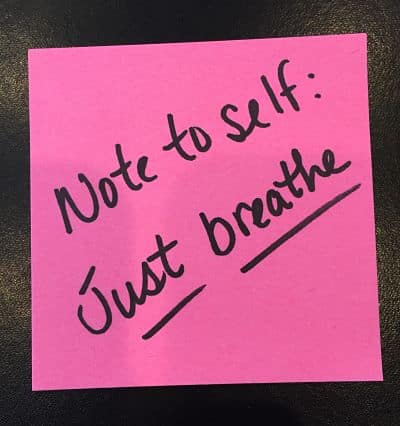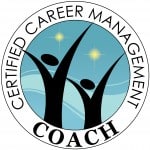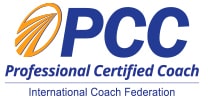
You would do it? Right?
What if I asked you to meditate? Are you still game?
That is a solution.
Dr. Jon Kabat Zinn, a leading expert in the field of stress-reduction describes mindfulness meditation as “intentional non-doing” which boils down to not doing anything. However, the act itself is purposeful and planned. Practicing “doing nothing” can be a difficult habit to establish for many of us living in a culture which rewards productivity. We are quick to judge ourselves and others as being lazy or slacking off. However, if you can let go of the labels and shift your perspective you may see that meditating is an active process and a tool that can be used to improve your life for the better.
If the word “meditation” sounds too new age for you, change your language to describe the simple act of sitting still and breathing. Call it “relaxation time” or “quiet time”. Whatever you call it, doesn’t really matter. What’s more important is what you focus on while you are sitting still and breathing.
Numerous studies have found meditation not only helps to relieve stress, but it is also beneficial in treating health-related problems such as depression, anxiety, insomnia, chronic pain and high blood pressure.
Give mindfulness meditation a try:
Set aside 5 minutes. Find a comfortable position lying down or sitting up straight in a chair. Begin by practicing a deep breathing technique called “belly breathing” which calms the mind and reduces cortisol (a stress hormone) in the body. Make one or two full exhalations. Then take a deep inhalation and focus on your breathing. It may be helpful to place one hand on your belly and another on your chest. Be mindful to notice which hand is moving. As you continue to breathe you want the hand on the belly to be moving in and out and not the hand that is on the chest. This is the essence of belly breathing.
As you focus on your breath your mind will naturally wander. Thoughts will come and go. When thoughts come up, notice them and re-focus back on the breath once again.
It’s that simple!
Many people looking for ways to combat stress using meditation, find it helpful to start their mindfulness practice with some type of guidance.
Here are two helpful resources:
- The Mindful Way Through Stress: The Proven 8-Week Path to Health, Happiness, and Well-being by Shamash Alidina. This book includes a link to download audio files for guided meditation.
- The Mindful Awareness Research Center at UCLA has a handful of free guided meditation recordings available at: www.marc.ucla.edu.
While meditation won’t shorten a long workday or eliminate work conflict, it can help you to improve your focus, lower anger levels, and calm your body and mind. In turn, this allows you get out of fight-flight-freeze (stress) mode and into a more effective state of being.
© 2016 – 2017. Jolie Steers. All rights reserved.


